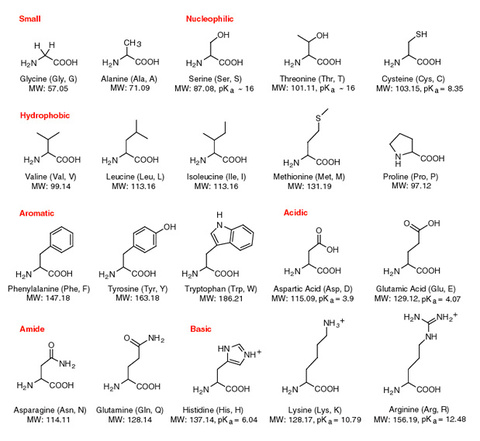Breadcrumb
11A10.48 - Amino Acids

Photo Credit: New England Biolabs Inc.
Code Number: 11A10.48
Demo Title: Amino Acids
Condition: Excellent
Principle: Physiology, Elasticity
Area of Study: Physiology, Biology
References:
- Tuomas P.J. Knowles, Michele Vendruscolo, Christopher M. Dobson, "The Physics Basis of Protein Misfolding Disorders", Physics Today, March 2015, p. 26.
- Johanna Miller, "An Atomic View of an Amyloid Fibril", Physics Today, June 2013, p. 16.
- Curt Suplee, "The building blocks of life", Everyday Science Explained, National Geographic, p. 186.